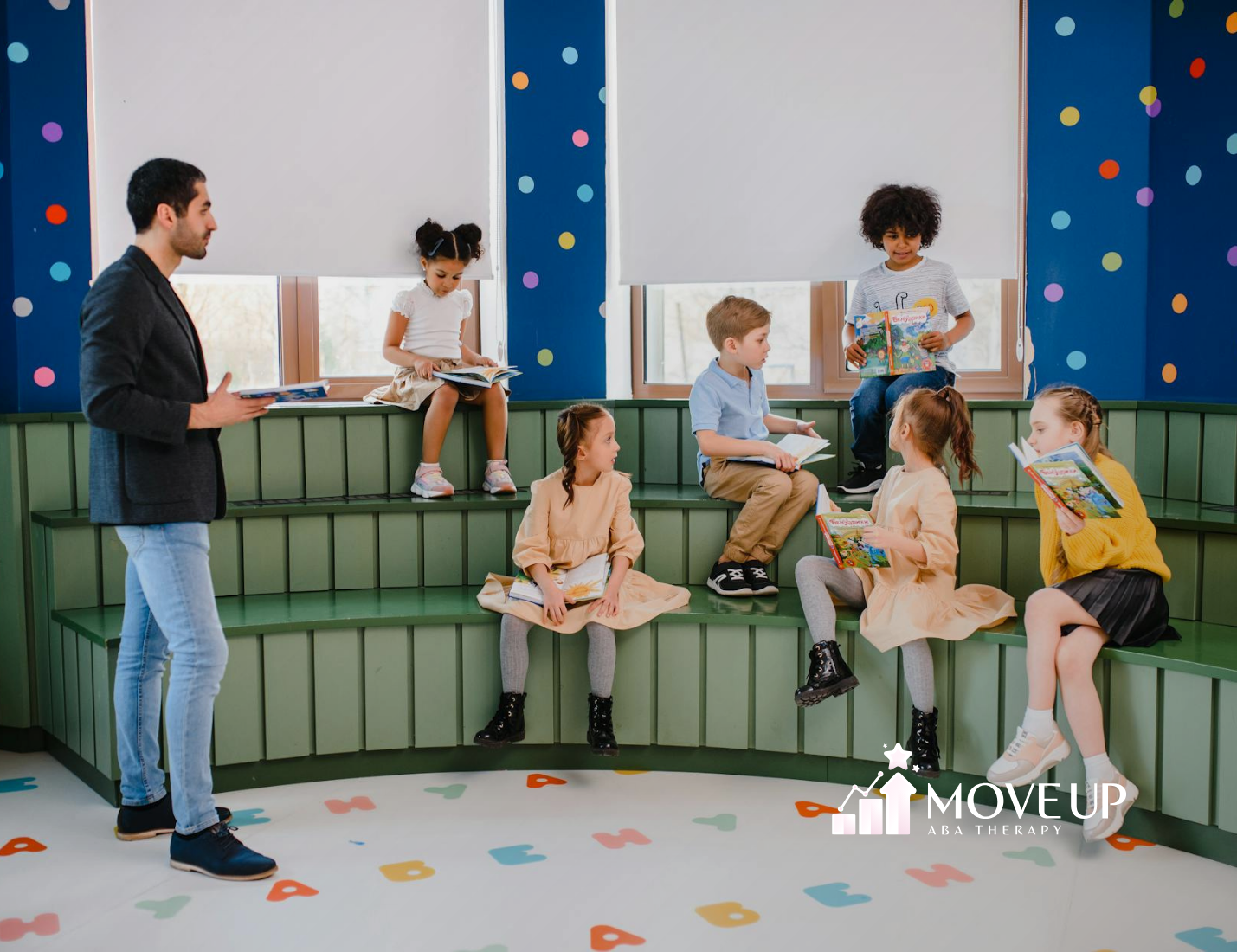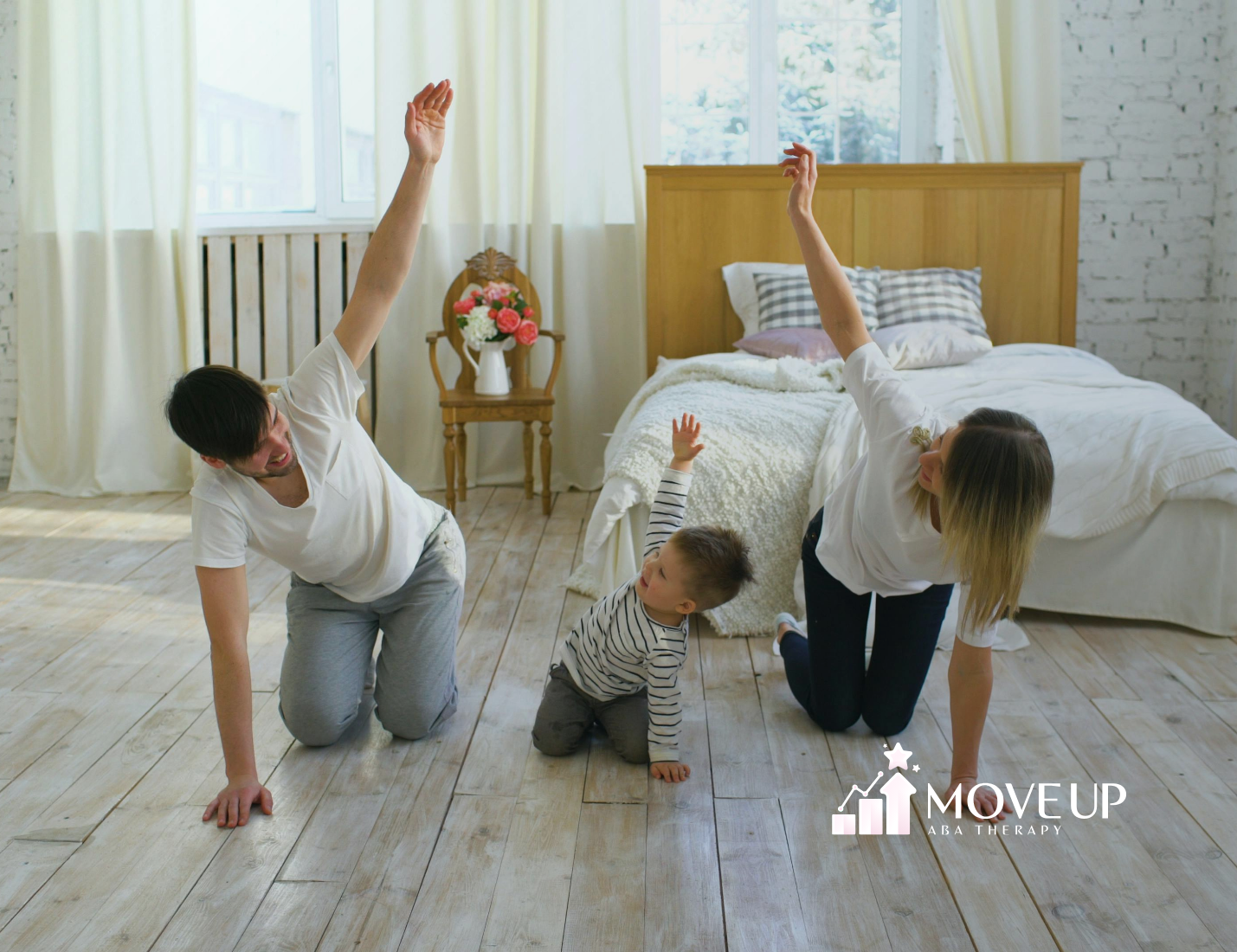Supporting an autistic family member begins with understanding, patience, and compassion. Autism is a spectrum, which means every person experiences it differently, so flexibility is key. Learn About Autism Take time to understand autism and how it affects communication, behavior, and daily life. Th...
Yes, ABA therapy can be done online through a method known as telehealth ABA. This approach has become more common in recent years, especially when in-person sessions aren’t possible. While not every child is a perfect fit for online services, many families find them effective and convenient. How ...
Applied Behavior Analysis (ABA) is built on three core principles that guide how behavior is understood and improved. These principles form the foundation of every effective ABA program. Antecedent An antecedent is what happens right before a behavior. It could be a request, instruction, or environm...
Many practitioners rely on authoritative texts to stay current in applied behavior analysis. Selecting the best ABA therapy books helps professionals and families build skills and deepen their understanding of evidence-based interventions. This guide highlights essential titles across foundational t...
ABA therapy is most effective when learning extends beyond the therapy room. This is why parent training is required in ABA. Parents are a child’s first teachers, and their consistent involvement ensures that the skills taught in therapy carry over into everyday life. Through parent training, care...
Have you ever wondered how learning and behavior are connected? Applied Behavior Analysis (ABA) is a therapy that explores this exact connection. Based on the fundamental science of behavior, ABA applies our understanding of how actions are learned and influenced by the environment to real-world sit...
Skill acquisition programs in ABA help kids build independence step by step. Learn how ABA therapy teaches communication, academics, play, and social skills....
Chaining in ABA breaks big skills into smaller steps. Learn the differences between forward, backward, and total task chaining and how they help children....
Learn the success rate of ABA therapy and how it helps children, teens, and adults with autism develop communication, social, and life skills....










